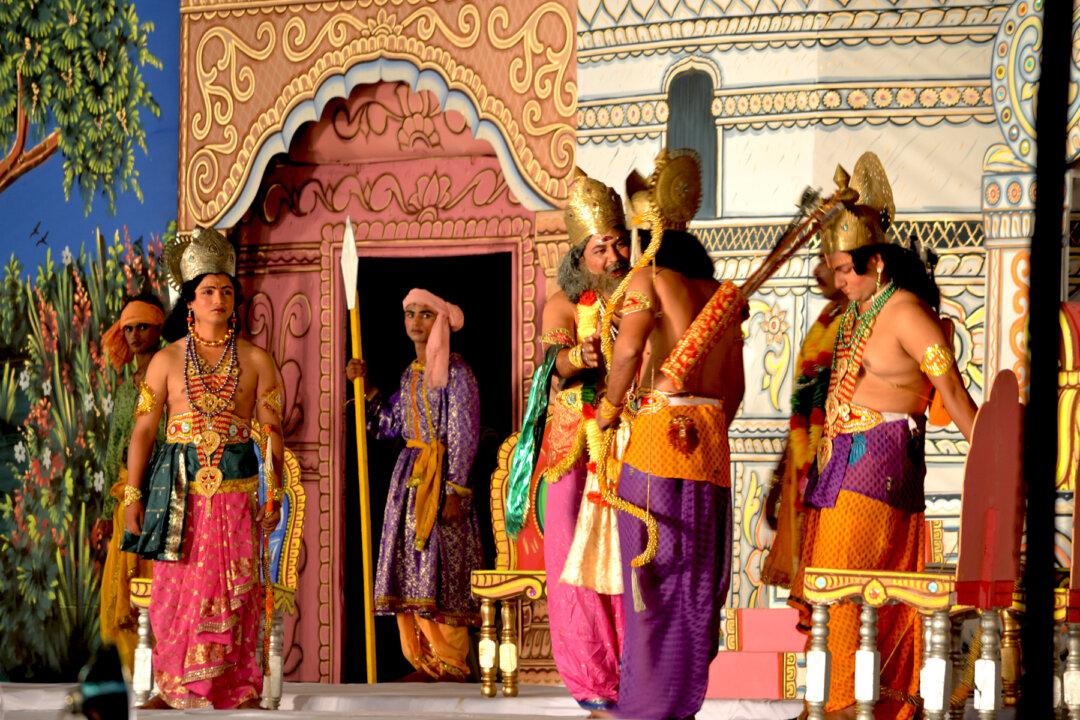India, that vast, intriguing subcontinent in south central Asia, has a population of over 1.2 billion, two official languages (Hindi and English), and dozens of other official or “scheduled” languages plus around 190 endangered languages. It has 32 designated UNESCO World Heritage Sites as well as 51 on the tentative list and 11 “intangible cultural heritages of humanity.”
According to UNESCO, the country’s cultural history dates back 300,000 years. The rock shelters of Bhimbetka in Madhya Pradesh, some with Mesolithic rock art, are one of India’s listed world heritage treasures. The following five intangible treasures are representative of the 11 on that special list as of 2016.
Ramlila: the Traditional Performance of the Ramayana
Rama’s play, an epic performance of the Ramacharitmanas, a sacred text devoted to glorify the hero Rama and his return from exile, includes a series of scenes with song, narration, recitals and dialogue lasting from 10 to 12 days and sometimes for a month during the festival of Dussehra, held every autumn in northern Indian villages and towns.
The original Sanskrit text was translated into Hindi by Tulsidas, a 16th-century poet-saint and philosopher who wanted the poem to be understood by as many people as possible. The whole population comes together to retell the battle between Rama and Ravana and celebrate Rama’s return from exile and his victory over Ravana. The cycle of plays ends with Diwali, the festival of light, when an effigy of Ravana is burned, symbolizing the triumph of good over evil.
Kalbelia: Folk Songs and Dances of Rajasthan


